AI and the Future of Communication: Advertising, PR, or Public Affairs – Who Leads, Who Lags?
Artificial Intelligence is rapidly transforming the communications industry. From automated content to predictive analytics, AI is reshaping how brands connect with audiences. But not all sectors within communication are adapting equally. While advertising has raced ahead, public relations and public affairs are on different trajectories.
This article explores the impact of AI in advertising, AI in public relations, and AI in public affairs, and evaluates which discipline is best positioned for long-term relevance and growth in a world driven by automation and data.
Advertising: Fast Adoption, but Creativity at Risk?
The advertising industry has been an early and enthusiastic adopter of AI. From programmatic ad buying and automated content generation to real-time campaign optimization, AI now powers the core of many global advertising strategies.
Where AI is driving advertising forward:
Personalized campaigns based on user behavior
Automated creative content for multiple formats and platforms
Instant performance tracking and real-time A/B testing
Despite these advances, there’s growing concern around over-automation. AI-generated ads risk becoming too similar, which can reduce brand differentiation and emotional engagement. Consumers may also grow wary of being overly tracked and targeted.
Bottom line: Advertising leads in AI adoption and scale, but faces growing risks of brand fatigue and creative homogenization.
Public Relations: Enhanced, Not Replaced
AI is increasingly embedded into PR workflows. From media monitoring and sentiment analysis to content ideation and audience segmentation, AI tools now support many aspects of modern PR campaigns. However, the core of PR — relationships, trust, and storytelling — remains deeply human.
How AI is enhancing public relations:
Smarter media monitoring with AI-driven alerts
Automated press release drafting and content suggestions
Improved targeting for journalist and influencer outreach
Yet, the risk lies in losing nuance. An overreliance on AI could lead to generic content and weaker engagement. The best PR strategies will continue to rely on human insight, creativity, and long-term stakeholder relationships.
Bottom line: PR is integrating AI steadily, using it as a tool — not a replacement — to elevate strategy and creative communication.
Public Affairs: A Sleeping Giant in AI-Driven Intelligence
Among the three sectors, public affairs is the least AI-integrated today — but it holds some of the most promising opportunities. With increasing complexity in regulatory environments and stakeholder dynamics, public affairs professionals stand to benefit immensely from AI’s analytical capabilities.
Potential uses of AI in public affairs:
Real-time monitoring of legislative and policy developments
Predictive analysis of political sentiment and public discourse
Stakeholder mapping and influence modeling based on AI-generated data
The risk for public affairs teams is clear: waiting too long. Without AI, they risk being outpaced in influence, insight, and agility. Early adopters will gain a strategic edge in government relations and reputation management.
Bottom line: Public affairs holds the highest potential for transformation — if it acts now to integrate AI into strategic decision-making.
Comparative Summary: AI Readiness in Communication Sectors
Among the three sectors, advertising shows the highest level of AI integration, but also faces high risk due to creative saturation and automation fatigue. Its growth potential is moderate, as further gains depend on maintaining authenticity and differentiation. Public relations sits in the middle, with a balanced approach. AI is increasingly used to support tasks like media monitoring and content drafting, with low risk and strong potential for growth. Public affairs currently has the lowest AI adoption, which makes it the most vulnerable — but also the one with the highest potential. If embraced strategically, AI could transform how public affairs teams navigate policy, influence, and stakeholder relations.
Final Takeaway: The Future Belongs to Strategic Integrators
Success in the era of AI won’t come from automation alone. The real advantage lies in strategic integration — using artificial intelligence to support, not replace, the human elements of communication.
Advertising teams must safeguard creativity while scaling their output.
PR professionals should use AI to strengthen storytelling and deepen relationships.
Public affairs experts must embrace AI tools to enhance influence and foresight.
At United Partners, we help brands evolve with confidence — blending technology, local expertise, and global strategy to future-proof communication efforts across markets. With a trusted network spanning 65 countries, we empower clients to leverage AI without losing authenticity or emotional connection.
Ready to future-proof your communications strategy?
Join us this October in Barcelona at the UPN Retreat 2025, where bold minds in PR, communications, and public affairs gather to explore what’s next. Dive deeper into AI, creative strategy, and the power of global-local collaboration.

